
What Should You Expect After Spine Surgery?
Spine surgery is a significant medical procedure involving many factors and risks. The surgery and recovery process can be daunting, but it dramatically improves your life if your orthopedic surgeon recommends it. It’s important to know what to expect from your upcoming spine surgery, so we’re here to cover the basics and help guide you […]
Continue Reading...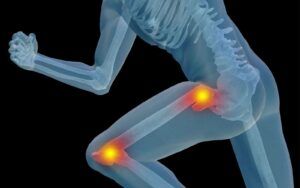
Hip And Knee Pain: Are They Related?
Aging and joint pain seem like a match made in hell for many people, as you lose your get-up-and-go abilities, and even simple movements can be challenging. For many people, hip pain and knee pain often go hand in hand, but what often causes this correlation? Most researchers cite that osteoarthritis is the most common […]
Continue Reading...
How Hydrodissection Can Treat Carpal Tunnel Syndrome
Carpal tunnel syndrome can cause symptoms of tingling, pain, and numbness throughout the thumbs, index fingers, middle fingers, and ring fingers due to the compression of the median nerve. In traditional cases, cortisone injections are used to provide temporary relief from their symptoms, and carpel tunnel surgery is often resorted to as a more permanent […]
Continue Reading...
The Impact of Air Pollution on Osteoporosis and Bone Loss
Osteoporosis is a condition that occurs in about 44 million people, or about more than half of those 50 and older. It contributes to about 2.1 osteoporosis-related bone fractures, resulting in about $20 billion in annual direct health costs. It’s a condition that disproportionately affects women, as about 80 percent of the ten million people […]
Continue Reading...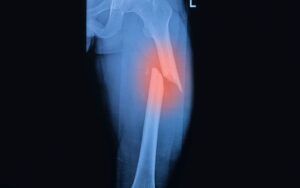
Femoral Fractures: Treating One Of Childhoods Most Common Bone Injuries
The femur is the most prominent bone in the body, making standing and walking possible. Femur fractures occur when the thighbone comes under significant force. When these types of fractures occur in children, it’s essential to seek medical care immediately, as it’s crucial to try and protect it from damage. At our orthopedic clinic, we […]
Continue Reading...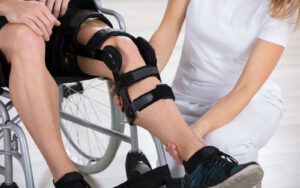
What is Orthopedic Rehabilitation? Its Benefits and How It Helps
For people with conditions that limit their ability to perform everyday activities, orthopedic rehabilitation is considered one of the most assured ways to help people get back on track. Orthopedic rehabilitation work to treat conditions that affect the musculoskeletal system, integrating your body and making it work for you again. But what is orthopedic rehabilitation […]
Continue Reading...
Why You Should Consider Outpatient Programs For Total Joint Replacement
Total joint replacement has two main goals: to help patients relieve pain and restore the function of their joints. Today’s implants for joint replacements are more successful than they used to be because the technologies aiding these procedures have also improved. In addition, total joint replacements have started moving from traditional hospital settings to outpatient […]
Continue Reading...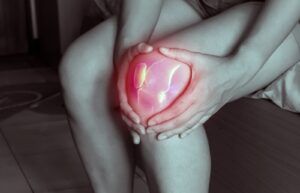
Why Orthopedists Are Suggesting Joint Replacements for Younger Patients
In recent years, more joint replacement surgeries have gone up, but the number of people choosing joint replacement is moving towards a younger demographic. Studies from the American Academy of Orthopedic Surgeons have shown that the average hip replacement and knee replacement are decreasing. The average number of younger patients receiving these replacements has kept […]
Continue Reading...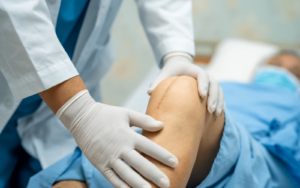
Why Arthroplasty May Be The Future Of Joint Replacement
If you find yourself constantly struggling with joint pain, specifically along the hips, knees, and ankles, then orthopedic treatment can offer you a great way to treat it. One common surgical treatment performed at our office is arthroplasty. Arthroplasty is a procedure that replaces compromised joints through the use of replacing, remodeling, and realigning the […]
Continue Reading...
Joint Replacement in 23 Hours: Is It Right for You?
In some of the most recent trends found in joint replacement, many patients have been opting for a procedure called a 23-hour joint replacement. Throughout the procedure, patients will have the surgery performed, spend one night in hospital, and then take the rest of their time recovering at home. This can be a great option […]
Continue Reading...
Recent Comments